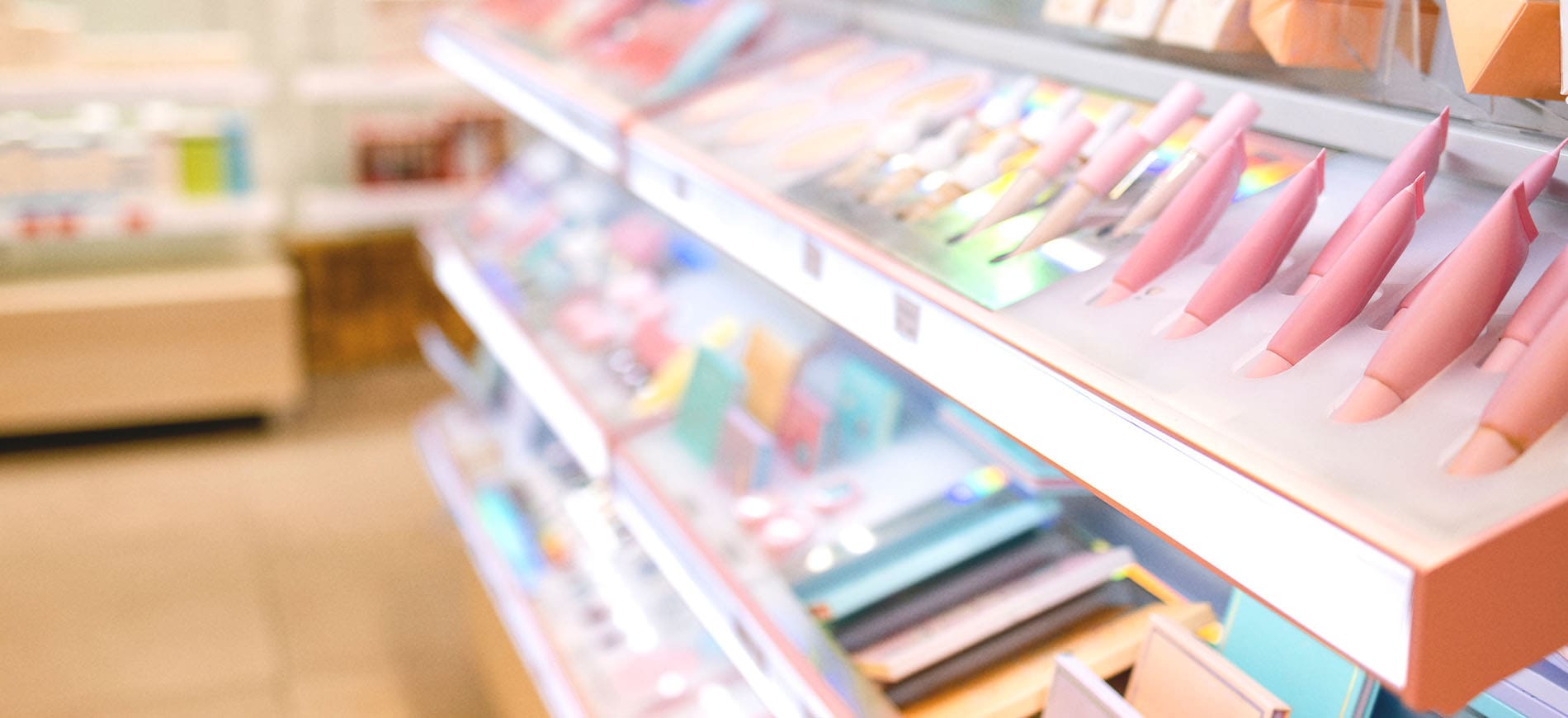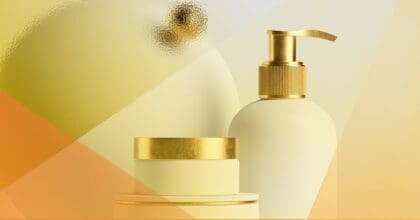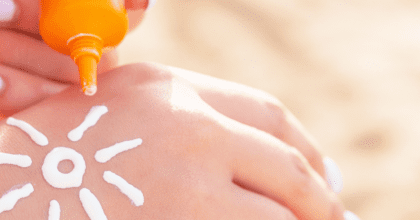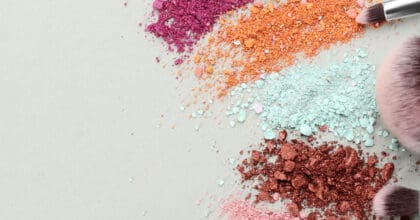As a trip to the salon may be an occasional treat for many, being able to replicate salon treatments at home is therefore often a popular choice with consumers. The rise in innovations to achieve this replication has meant that salons have had to up their game to bring exclusivity back to the salon.
At-home devices producing salon quality
Helping consumers to achieve a salon effect at home are facial cleaning brushes and devices, which have both been a huge success in the UK facial skincare market in recent years, with high profile brands including Olay and Clinique launching a hardware offering. In 2014, own-label skincare brands Boots No7 and Lidl launched facial cleansing brushes to rival more expensive options such as the Clarisonic Mia. The Lidl brush is priced at £9.99, opening the skincare devices market to more price conscious consumers.
Experimenting with these products are the 5% of UK women who use an at-home skin device, increasing to 8% of women aged 16-24 – who are the most knowledgeable about beauty industry developments. This interest extends beyond cleansing, with UK consumers interested in using devices for additional benefits such as anti-acne ( with 28% interested in trying), anti-ageing (50%) and skin rejuvenation (51%). Overall, some 37% of UK women have used an at-home beauty device.
Indeed, adoption of facial cleansing brushes by UK consumers has fuelled more technological innovation in the devices market with 2015 seeing the launch of the TAO WEI Cool2Hot Sonic Beautifier and Tria Anti-Ageing laser; both promising skincare benefits.
Salons respond to innovation in beauty devices and look for new value positioning
This trend toward at-home devices, coupled with the rise in botox and fillers, has challenged the salon facial treatments market, and as a result facials have become increasingly high-tech in a move to offer consumers something they cannot replicate at home.
CACI facial treatments have been a growing trend in the salon facial industry, and have been dubbed the “non-surgical face lift”, with celebrity fans including Jennifer Lopez. The treatment is said to combat loss of muscle tone by using a micro current to stimulate and strengthen facial muscles. CACI treatments are now available in over 10,000 salons including Champneys, SAKS and Hilton Hotels, and claims to be the UK’s best selling anti-ageing facial treatment system.
The A-Lift facial treatment is new to the UK salon market, and offers consumers a new high-tech treatment with immediate and long lasting results. The A-Lift treatment uses nano-currents to stimulate cell repair and collagen production as well as stimulating facial muscles.
This shift in focus of facial treatments is also seen in the US market, with the latest facial trend in LA being Skin Laundry. The Skin Laundry treatment uses a mild strength laser which penetrates 2.5 millimetres into the top layer of the skin, and is said to provide a deep cleaning effect on pores which is not available from skincare products alone. This is then followed by IPL to tighten and brighten the skin.
The future of facials?
Salon treatments are looking to offer consumers perceived better value for money, as they compete with products you can use at home and more intensive consumer regimes. The rise in machine-based facials is a response to this – offering consumers a treatment they cannot replicate at home.
It is not only women who find this new facial enticing – it would also appeal to male consumers who may consider this approach to be more scientific and less typically ‘feminine’ than product based treatments.
There is also the opportunity for the facial skincare market to introduce products which are specifically designed to be used alongside current – based facials, to give skin a boost in between treatments.
Charlotte Libby, Senior Beauty Analyst at Mintel, collates and analyses a wide range of data on the beauty markets, including consumer trends, product sales and new innovations. Charlotte joined Mintel in 2013 as an Analyst across the Beauty & Personal Care and Household sectors and now specialises in Beauty. Prior to joining Mintel, Charlotte held several roles in the UK beauty industry, starting her career at a fashion & beauty PR agency before moving to publisher Bauer Media to work on their women’s magazine portfolio. This range of experience has made her a voice of consumer trends in the beauty industry.








































